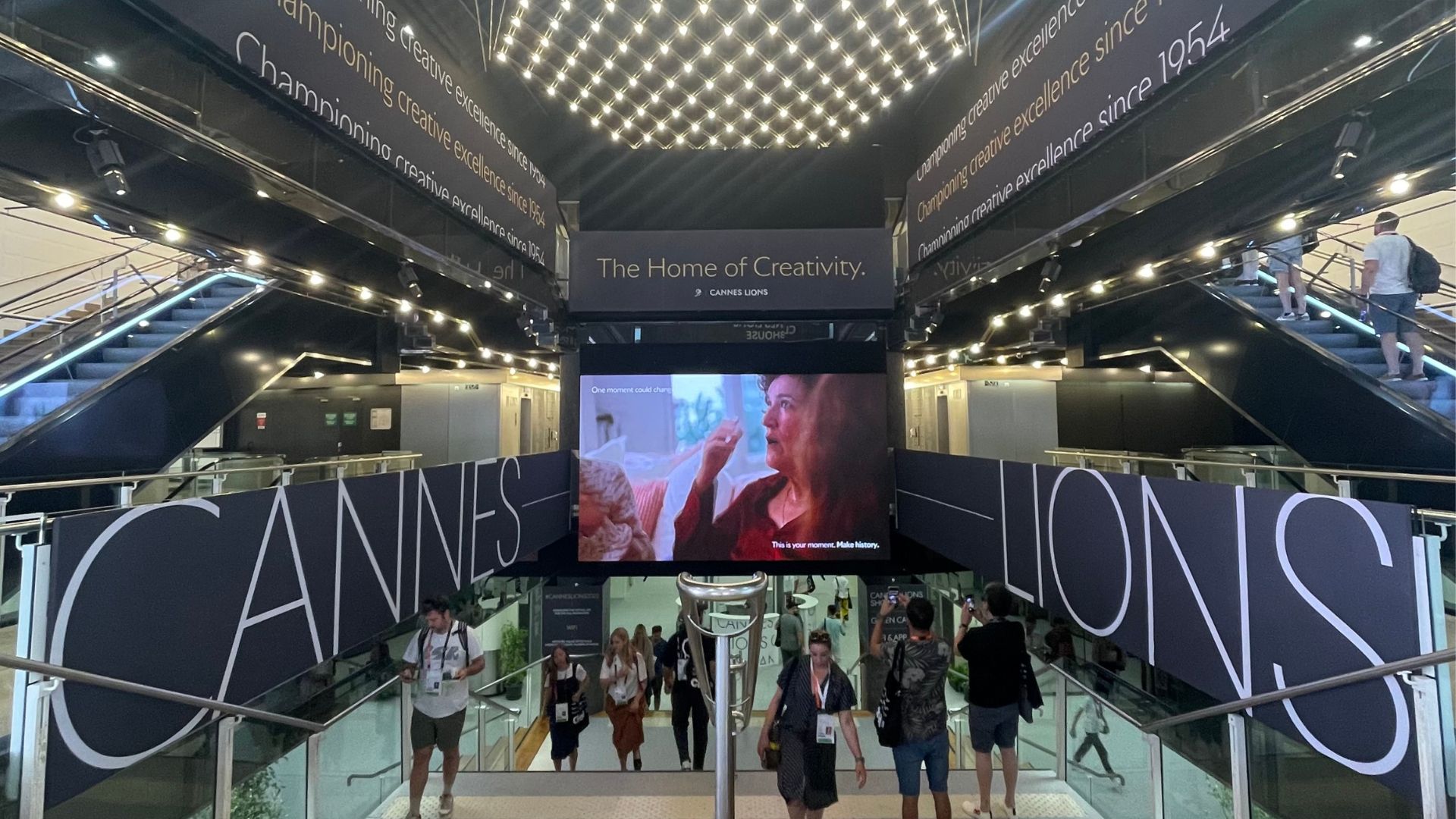My name is Kat, and I’m obsessed with all things true crime — specifically murder-based podcasts. I always have at least eight on the go at any time, and the moment I step away from my laptop, Stitcher comes right on and I’m immersed in the very worst of humanity, from serial killers to family annihilators, spree killers to crimes of passion and revenge.

This may seem like an odd topic for a PR blog, but bear with me. There’s actually a huge amount of synergy between our disciplines — most notably, the art of storytelling. This is at the heart of what we do: crafting a narrative to draw our clients and media in, weaving compelling tales around our brands and asking our audience to become our storyteller themselves. We make sure the who, what, where, when and why join together in an authentic narrative that captures hearts and minds (and hopefully wallets).
I firmly believe that listening to these master storytellers, as they take me to a time and place so far from my own, has made my own skills more powerful.
The successful murder podcasts are ones that know it isn’t enough to just recount the crime—their audience wants to know the motive, the why. I’m fixated on the why — it’s the driving force behind how we create campaigns. Why this audience? Why this brand? Why this cultural lever? Why this celebrity? Why now?
This need for the why is also why I hate unsolved cases. I need to have that narrative satisfaction, that moment of uncovering the truth, that moment of dramatic release and relief. When a lead remains unsolved, when the case is almost closed, it’s like a piece of apple in your teeth, niggling away at you.
And that feeling translates to our work — every element has to fit, slot together to create a narrative tapestry in which every stitch counts. Every clue, every suspect, every red herring needs to play a role. If something doesn’t contribute to the story, if something poses more questions than answers, it shouldn’t be there. To change minds, to change behaviour, to drive sales, we need a conclusion, an end goal. We need closure.
The murder podcaster brings together the threads of people, places, backgrounds and circumstances to tell the story of a life lost, and the lives lived. Looking at the cultural backdrop, the external influences, the chain of events that led to the moment of murder, positioning the act as very much influenced by the zeitgeist the key players lived in.
This is the essence of excellent PR storytelling — not looking at brands in isolation, but against the environment in which they exist, understanding the role they play in our society and the external levers which impact them.
The murder podcaster also acts as an investigator, uncovering snippets of truth, diving deep into backgrounds to unpick the journey to the drop of poison or the barrel of a shotgun. It’s piecing together the strategy of a murder, before the big reveal.
Does this sound a little like how we pitch to clients?
Because this is what we also do as brand detectives, diving deep into histories, stories untold that need telling, the cultural levers and shifts which led up to this point in time, this brief, this story we have to tell.
Storytelling is both an art and a science — you have to make the listener want to keep going, to build the tension to the point of release, to the point of letting out the breath you didn’t realise you were holding.
We need to provoke an emotional response, to let people experience a visceral reaction to a story in a safe setting, taking them on the journey through the what, when, where, who and why to get to the action — to changing behaviour, driving sales or driving home the point of a blade.
So the next time your podcast app suggests something murder-y, give it a listen. Even if gore isn’t your genre, take a step back from the squeamish and listen to the story. And apply the insights to your own craft. PR that is, not murder. I’m not THAT obsessed with them.



